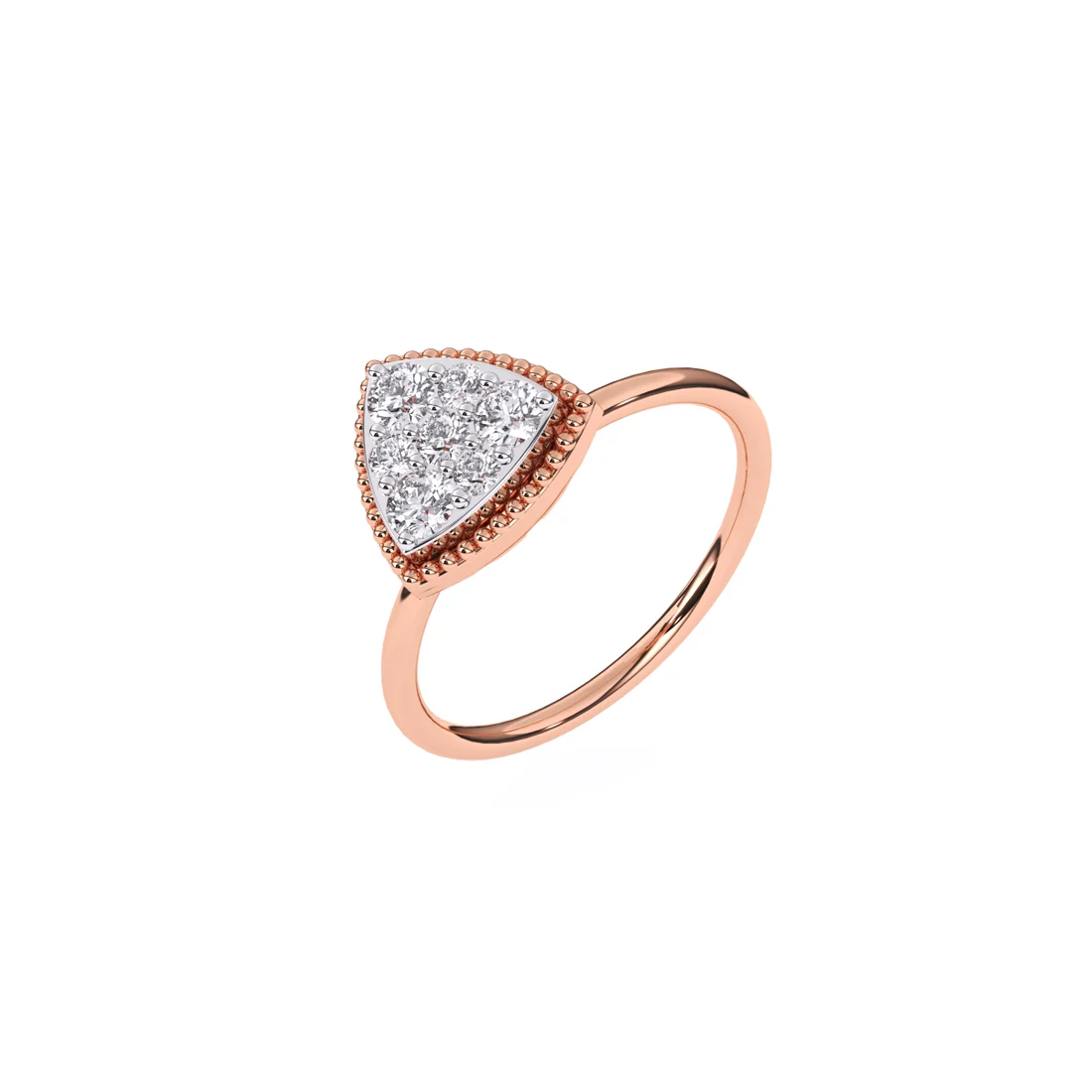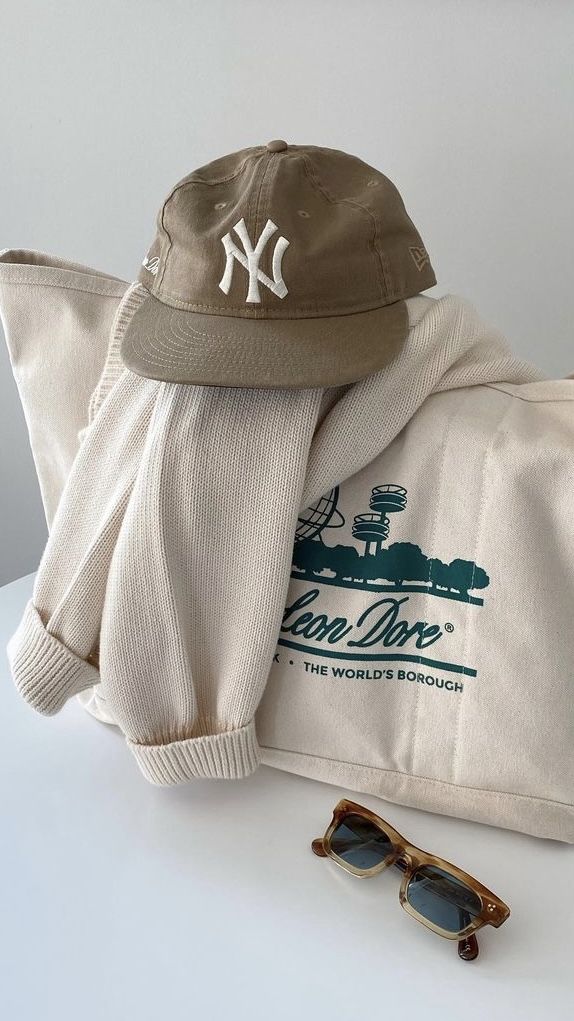1. Introduction
Diamonds have long been a symbol of elegance and commitment, but as our world evolves, so do our choices. Enter lab grown diamond rings, the modern answer to age-old desires. These gems offer not just brilliance and beauty but also a sustainable and ethical alternative to mined diamonds. In this article, we’ll dive deep into the world of lab grown diamonds and guide you on crafting the perfect ring.
2. Understanding Lab Grown Diamonds
2.1 What are Lab Grown Diamonds?
Lab grown diamonds are real diamonds. They have the same physical, chemical, and optical properties as mined diamonds. The only difference? Their origin. Lab grown diamonds are created in a controlled environment, replicating the natural diamond-forming process.
2.2 How are Lab Grown Diamonds Made?
There are two primary methods for growing diamonds in a lab: High Pressure High Temperature (HPHT) and Chemical Vapor Deposition (CVD). HPHT simulates the high pressure and temperature conditions found deep within the Earth. CVD, on the other hand, involves breaking down carbon-rich gases to deposit carbon atoms on a substrate, gradually forming a diamond crystal.
3. Benefits of Lab Grown Diamonds
3.1 Environmental Impact
Lab grown diamonds have a significantly lower environmental footprint compared to mined diamonds. Mining can lead to deforestation, soil erosion, and water pollution. In contrast, lab grown diamonds require less energy and result in fewer ecological disruptions.
3.2 Ethical Considerations
One of the most compelling reasons to choose lab grown diamonds is their ethical appeal. They are conflict-free, meaning their production does not fund armed conflict or exploit workers. This is a crucial consideration for socially conscious consumers.
3.3 Cost-Effectiveness
Lab grown diamonds are generally more affordable than their mined counterparts. This cost advantage allows you to opt for a larger or higher quality stone within the same budget, making it possible to get the ring of your dreams without breaking the bank.
4. Choosing the Perfect Lab Grown Diamond
4.1 The Four Cs Explained
When selecting a diamond, it’s essential to understand the Four Cs: Cut, Color, Clarity, and Carat.
4.1.1 Cut
The cut of a diamond affects its brilliance. A well-cut diamond will reflect light beautifully, making it sparkle and shine. Look for cuts graded as Excellent or Very Good for the best visual appeal.
4.1.2 Color
Diamonds come in various colors, from completely colorless to those with slight tints. Colorless diamonds (graded D-F) are the most prized, but near-colorless diamonds (G-J) offer a good balance of quality and value.
4.1.3 Clarity
Clarity refers to the presence of internal or external flaws, known as inclusions and blemishes, respectively. Diamonds with fewer inclusions are rarer and more valuable. Aim for a clarity grade of VS1 or higher for an eye-clean appearance.
4.1.4 Carat
Carat is the measure of a diamond’s weight. While larger diamonds are more expensive, it’s crucial to balance carat weight with the other Cs to ensure overall quality and appearance.
4.2 Selecting the Shape
Diamonds come in various shapes, each offering a unique style. The most popular shapes include round, princess, emerald, oval, and pear. Your choice should reflect personal preference and the wearer’s style.
4.3 Certification and Grading
Always purchase diamonds that come with a certification from a reputable grading laboratory, such as the Gemological Institute of America (GIA) or the International Gemological Institute (IGI). This certification ensures the diamond’s quality and authenticity.
5. Designing Your Lab Grown Diamond Ring
5.1 Choosing the Setting
The setting of a Lab Grown Diamond Rings plays a crucial role in its overall look and feel. Common settings include prong, bezel, halo, and pave. Each setting has its own advantages, so consider the wearer’s lifestyle and taste when making your choice.
5.2 Personalizing the Design
Personal touches make a ring truly special. Consider adding engravings, choosing unique metal types like rose gold or platinum, or incorporating additional gemstones to create a one-of-a-kind piece.
6. Where to Buy Lab Grown Diamond Rings
When it comes to purchasing lab grown diamond rings, opt for reputable jewelers known for their quality and customer service. Online retailers often offer a wide selection and competitive prices, but be sure to read reviews and check return policies before making a purchase.
7. Caring for Your Lab Grown Diamond Ring
7.1 Cleaning Tips
Regular cleaning keeps your diamond ring sparkling. Use a mild soap and warm water solution, and gently scrub with a soft toothbrush. Avoid harsh chemicals that can damage the metal setting.
7.2 Storage Advice
Store your ring in a soft, padded box or a separate compartment to avoid scratches. If possible, remove your ring during activities that might damage it, such as gardening or exercising. Lab Grown Diamond Jewellery are becoming more popular as consumers seek out ethical and transparent jewelry options.
8. Conclusion
Lab grown diamond rings offer a brilliant, ethical, and affordable option for those seeking the perfect piece of jewelry. With their growing popularity, it’s easier than ever to find and create a ring that matches your style and values. Remember to focus on the Four Cs, choose a reputable seller, and care for your ring properly to ensure it remains a cherished possession for years to come.
9. FAQs
9.1 Are lab grown diamonds real?
Yes, lab grown diamonds are real diamonds with the same physical, chemical, and optical properties as mined diamonds.
9.2 How long do lab grown diamonds last?
Lab grown diamonds are just as durable as natural diamonds, meaning they will last a lifetime with proper care.
9.3 Can you tell the difference between lab grown and natural diamonds?
Most experts cannot distinguish between lab grown and natural diamonds without specialized equipment, as they are visually and chemically identical.
9.4 Do lab grown diamonds have resale value?
While lab grown diamonds generally have a lower resale value than natural diamonds, their market is growing, and resale opportunities are improving.
9.5 What is the best setting for a lab grown diamond ring?
The best setting depends on personal preference and lifestyle. Popular options include prong settings for maximum brilliance and bezel settings for added protection.




